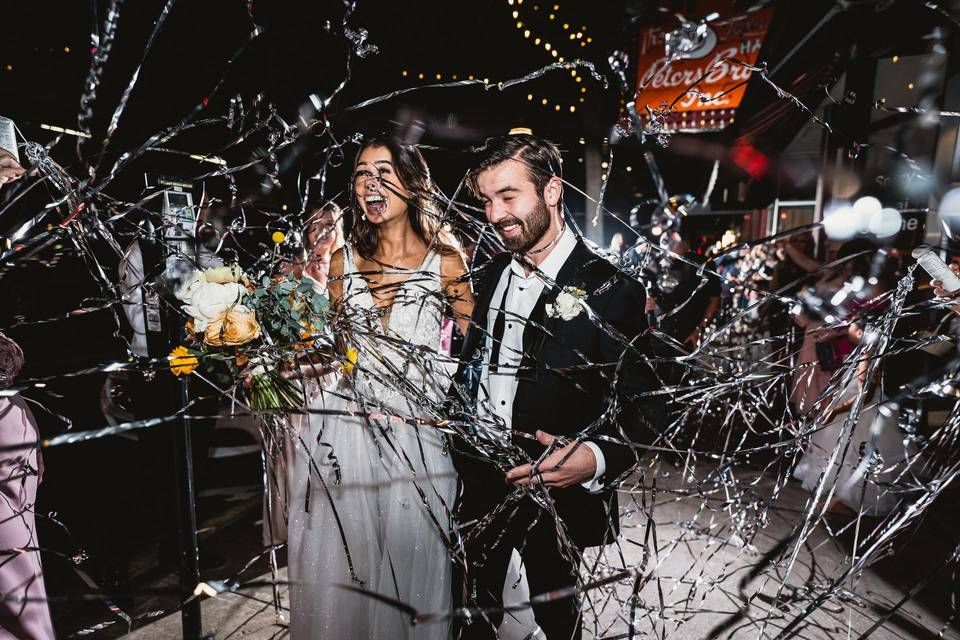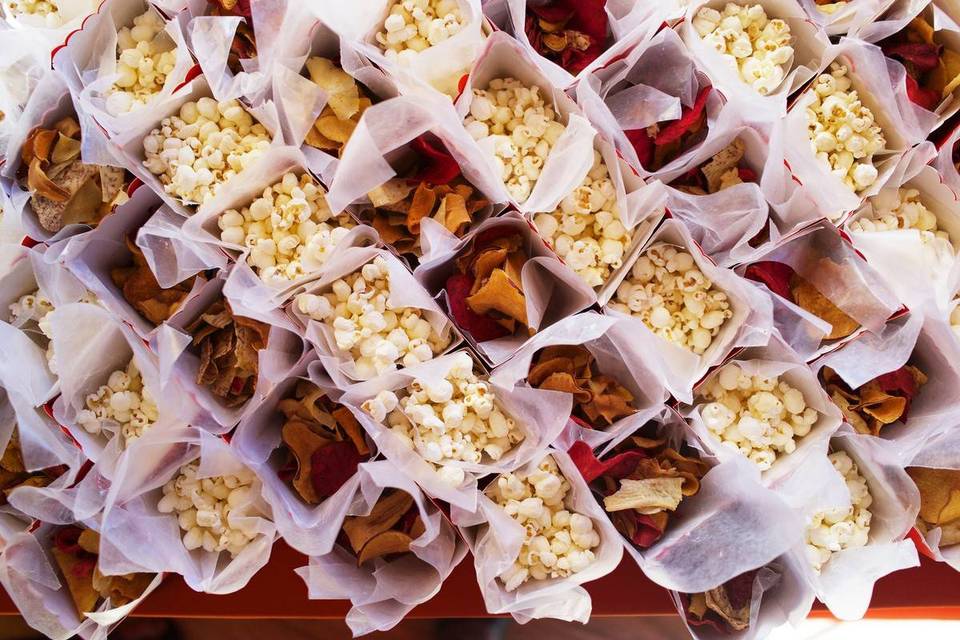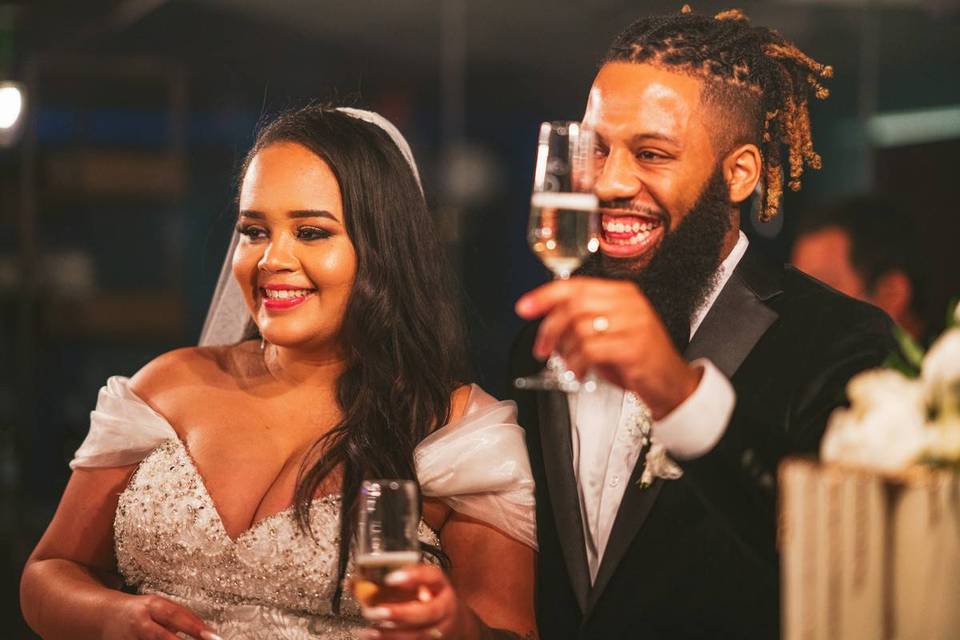Here's the Exact Order of Dances at a Wedding Reception
Let's get the party started! From the first dance to the last, here's how your wedding reception dance timeline should go down.
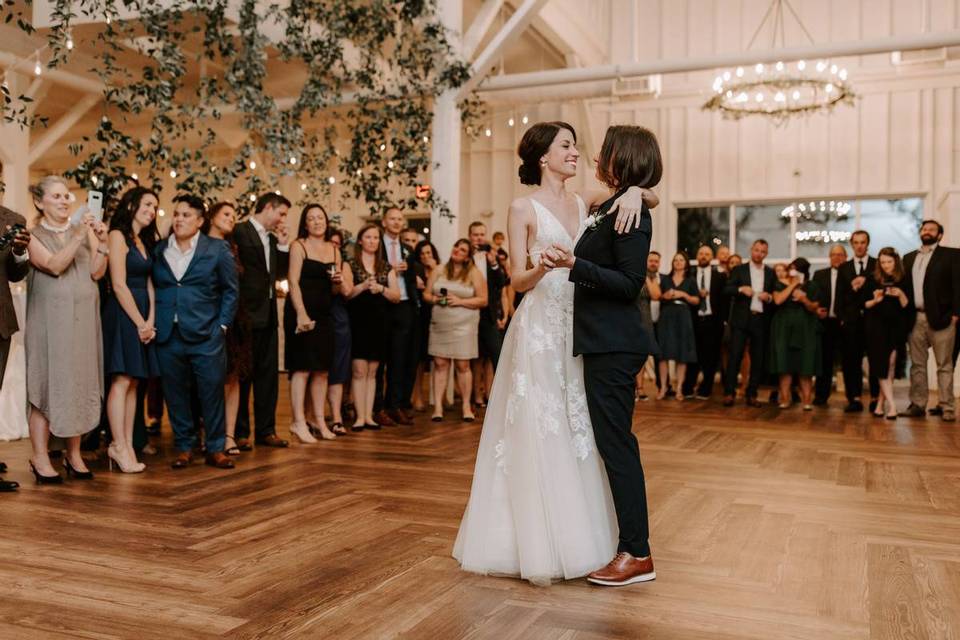
You just said “I do” and now it’s time to let loose! Dancing is one of the most popular wedding reception activities, and there are certain traditional wedding dances—like the newlyweds' first dance, parent dances, and more—that make the celebration even more meaningful. But what is the order of these dances at the wedding reception? While the dance timeline might not seem that important at first glance, following a schedule will ensure that your reception flows well and gives guests time to eat, drink, mingle, listen to toasts, and yes, hit the dance floor, without feeling overwhelmed, or perhaps even worse, bored.
Work with your planner or venue coordinator to create a wedding-day timeline, and be sure to share it with all of your other vendors to make sure everything runs smoothly on your big day. The DJ or bandleader has a particularly essential role to play here, as they’ll likely be the emcee during the celebration. Ready to learn the order of dances at a wedding reception? Here’s how your party timeline should look:

1. The Married Couple's and Wedding Party's Grand Entrance
While this may not technically be a dance, the grand entrance is still an important dance floor moment during the wedding reception. As cocktail hour comes to a close, the wedding party members, including bridesmaids, groomsmen, best man, maid of honor, matron of honor, bridesmen, groomsladies, flower girls, ring bearers, and more, are gathered and line up (often in pairs). Once the guests have entered the reception and take their seats, the DJ/emcee will play some lively music and announce the wedding party members by name, while the pairs enter the room. Instead of taking their seats, wedding party members may circle around the dance floor. Last but not least, the newlyweds enter the reception to great applause.
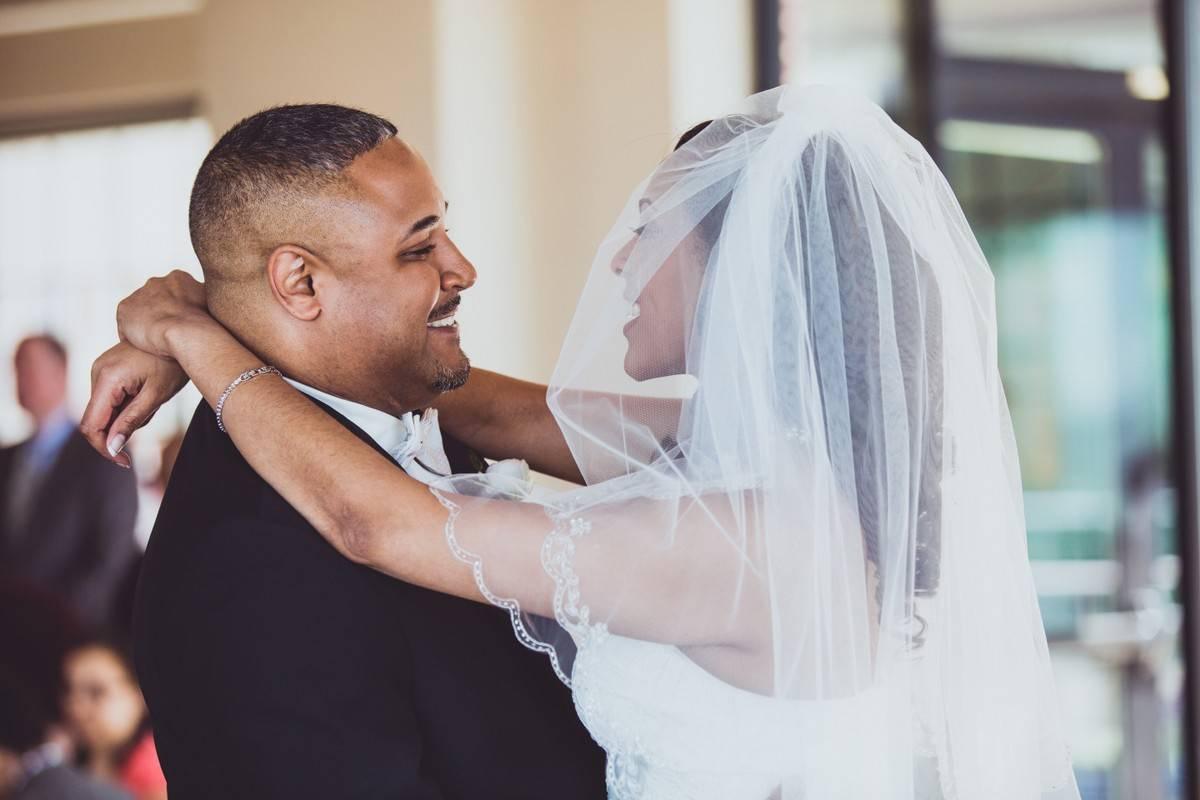
2. First Dance
After the newlyweds make their grand entrance, they may almost immediately begin their first dance. If guests are sitting down to dinner after the grand entrance, the first dance would happen after the meal. The first dance is a special moment as it's the first time the couple cuts a rug together as a married pair. The couple may have taken dance lessons for their moment in the spotlight, or they might choose to wing it—it really depends on their comfort level and style.
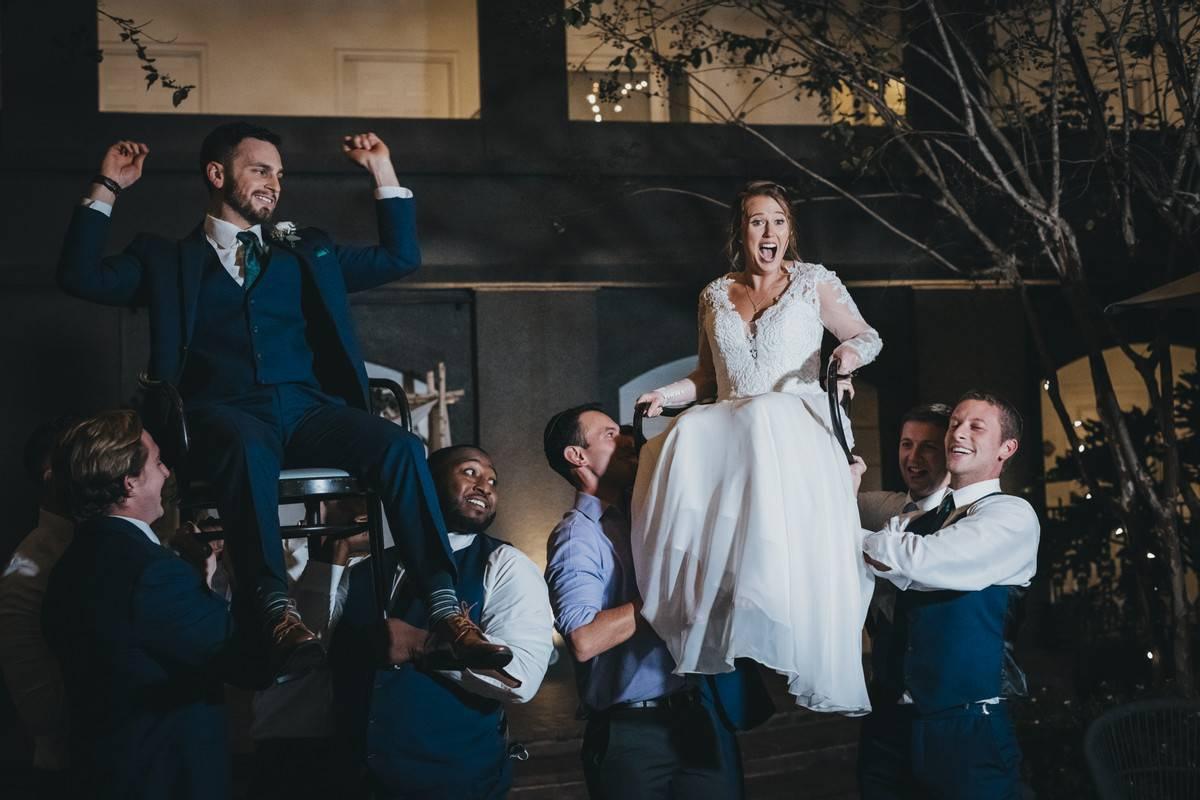
3. Hora (for Jewish Couples)
At Jewish weddings, the hora, a lively circle dance, may directly follow the first dance to start the reception off on a lively, joyful note. It can also start after dinner to kick off the main dancing portion of the event. The couple, as well as their parents, is typically lifted up on chairs during the hora.

4. Parent Dances
Parent dances, such as the father-daughter dance and mother-son dance, may take place at several points during the wedding reception, depending on the order of dances you wish to follow. Sometimes, parent dances occur immediately after the first dance. Other times, these dances will take place toward the end of dinner, after the toasts, or after the cake cutting.
For heterosexual couples, bride dances with her dad, and then the groom dances with his mom. Other special relatives, like grandparents, may join in at the end. However, you can handle these dances in many different ways—some couples may want to dance with stepparents or other important people, and LGBTQIA+ couples can also choose how they'd like to handle parent dances.

5. Wedding Party Dances
After the parent dances, the wedding party is invited to take the floor. The best man and maid of honor traditionally dance together first, followed by the rest of the crew. If the parent dances are taking place after dinner, the couple may opt to skip the the wedding party dance all together, simply inviting all guests to the dance floor. However, if you're concerned that your guests will need a little push to start dancing, having the wedding party kick things off may be a good idea.
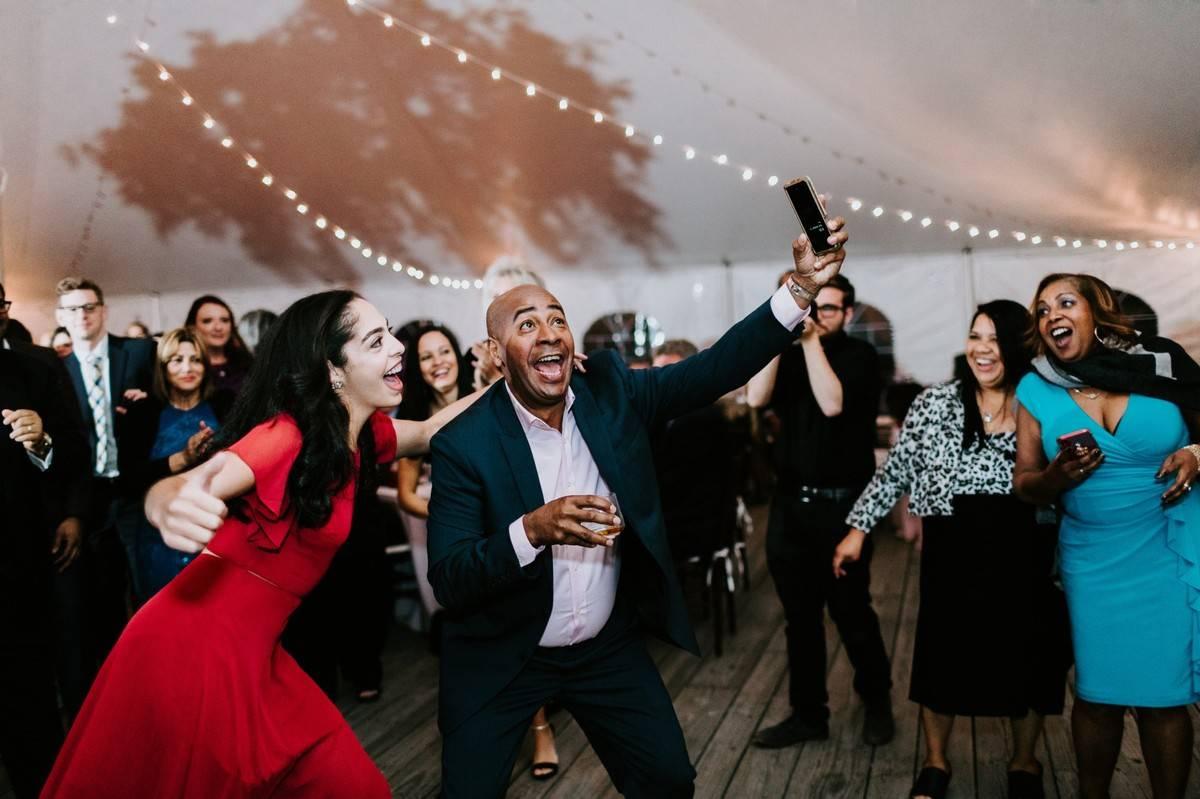
6. Party Time
The rest of the wedding guests are now invited to take the floor. An experienced DJ or bandleader will be able to read the room and choose the right mix of fast and slow songs to get everyone moving and grooving.
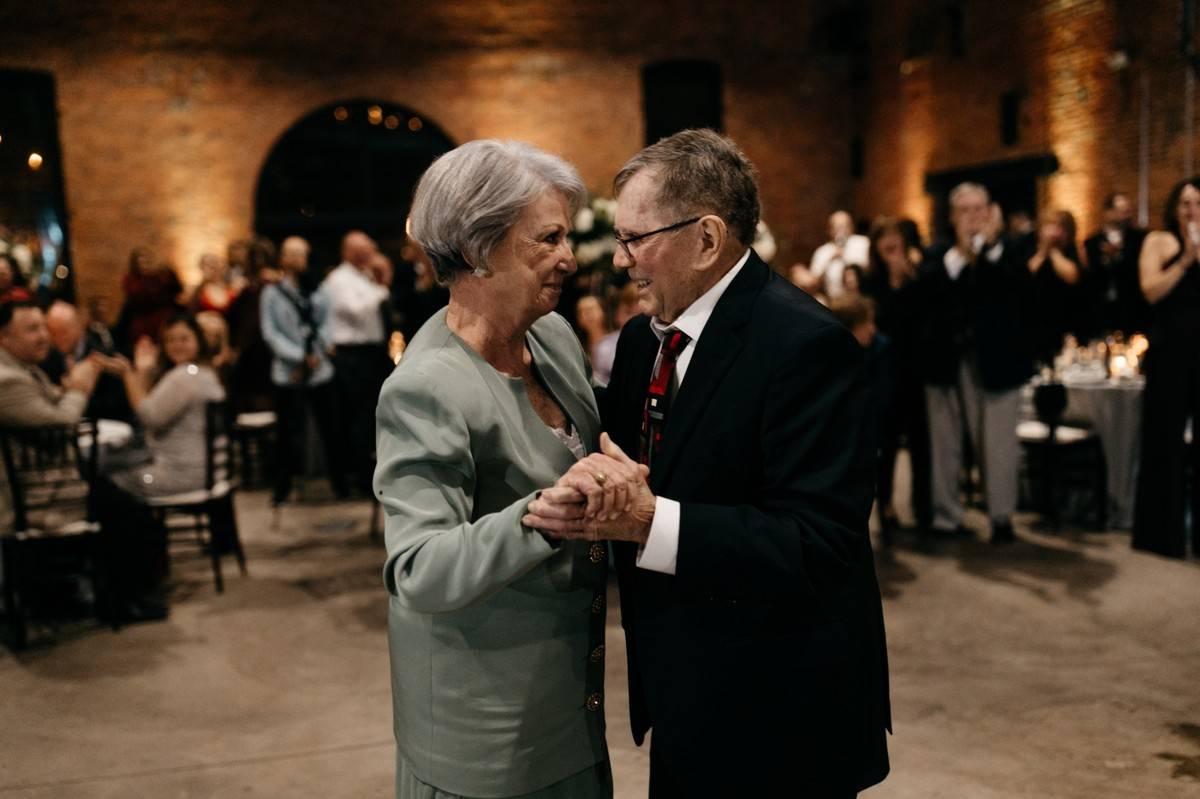
7. Anniversary Dance
The anniversary dance, also known as the bouquet dance, is a sweet tradition that some couples choose to include in their wedding reception. All of the couples in the room are invited to the dance floor, as a slow, romantic song is played. The DJ or emcee then says something like "Couples who have been married for less than a year, please take a seat." Your emcee will then ask other couples to leave the dance floor until the couple who is married the longest is left dancing. The longest-married couple may receive the bouquet (if there's no bouquet toss) or simply a round of applause from their fellow wedding guests.
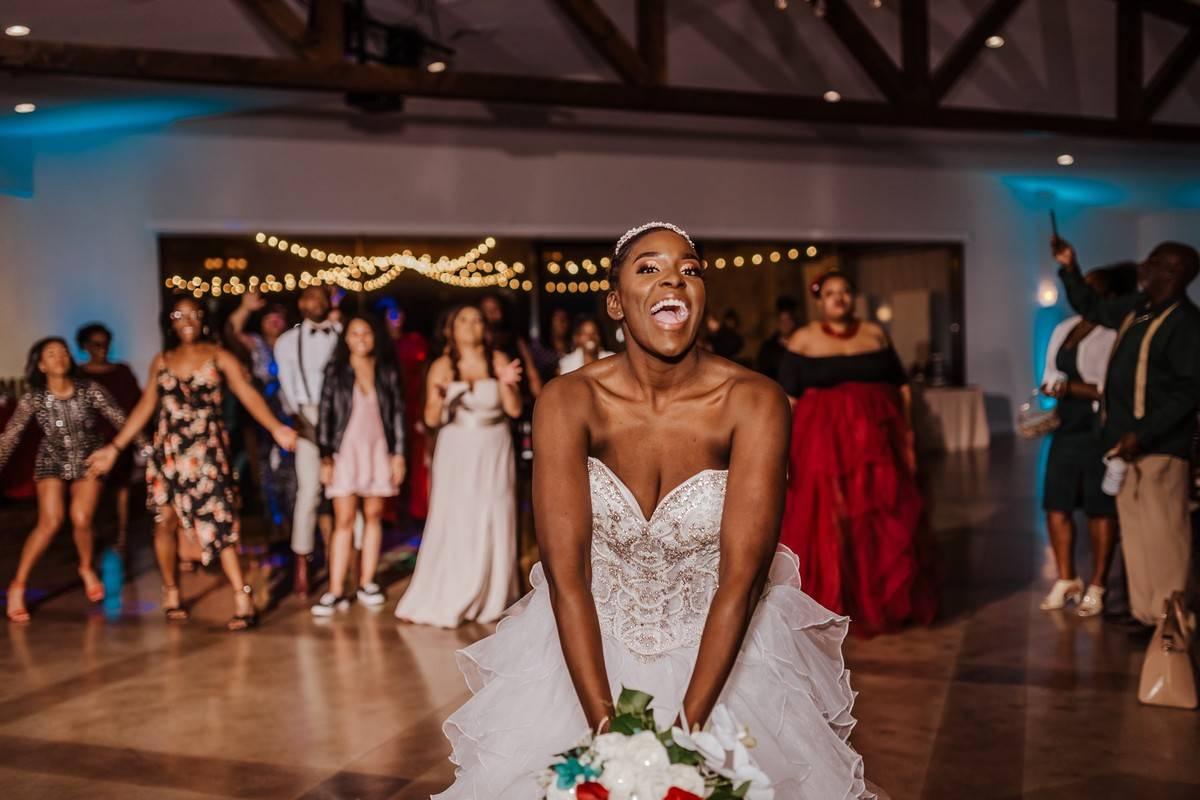
8. Bouquet Toss and Garter Toss & Dance
Traditionally, the bride tosses her bouquet to the single ladies in the room, and the groom removes and tosses the bride's garter to a crowd of single men. After this takes place, the "winners" are expected to dance together. You don't have to include the garter and bouquet toss in your reception—many couples feel that this tradition and corresponding dance is embarrassing and plays into gender stereotypes, plus it interrupts the blocks of dancing.
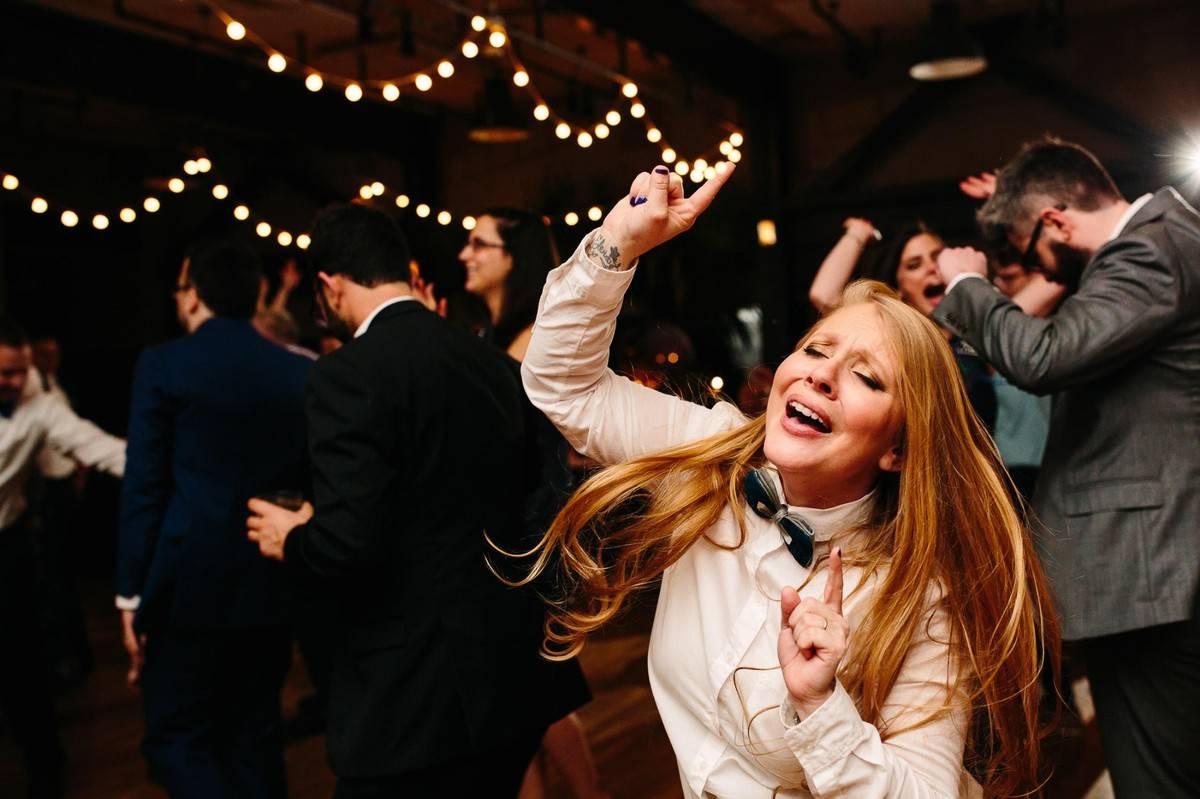
9. Post-Cake Cutting Dancing
Some couples choose to have their cake cutting directly after dinner, while others wait until later in the reception. If you're opting for the latter, another block of dancing should follow the cake cutting. Because it's later in the reception and perhaps your older guests may have retired for the night, this block of dancing can be geared toward your younger guests with a focus on more modern songs.
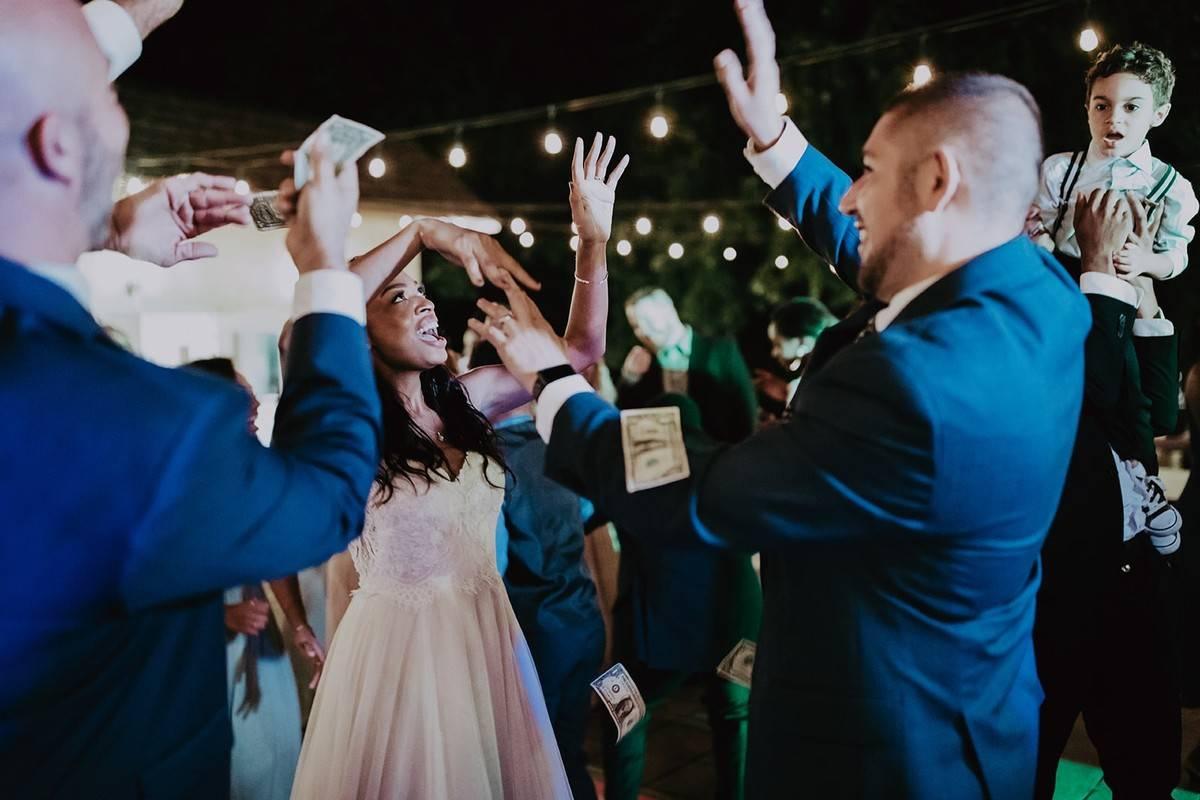
10. Money Dance or Other Cultural Dances
In many cultures, a money dance, also known as a dollar dance or apron dance, is a popular tradition and part of the order of dances at a wedding reception. There are several ways to handle the money dance—guests paying to dance with the couple, for example—but they all end with the couple being given cash. This dance typically takes place toward the end of the reception.
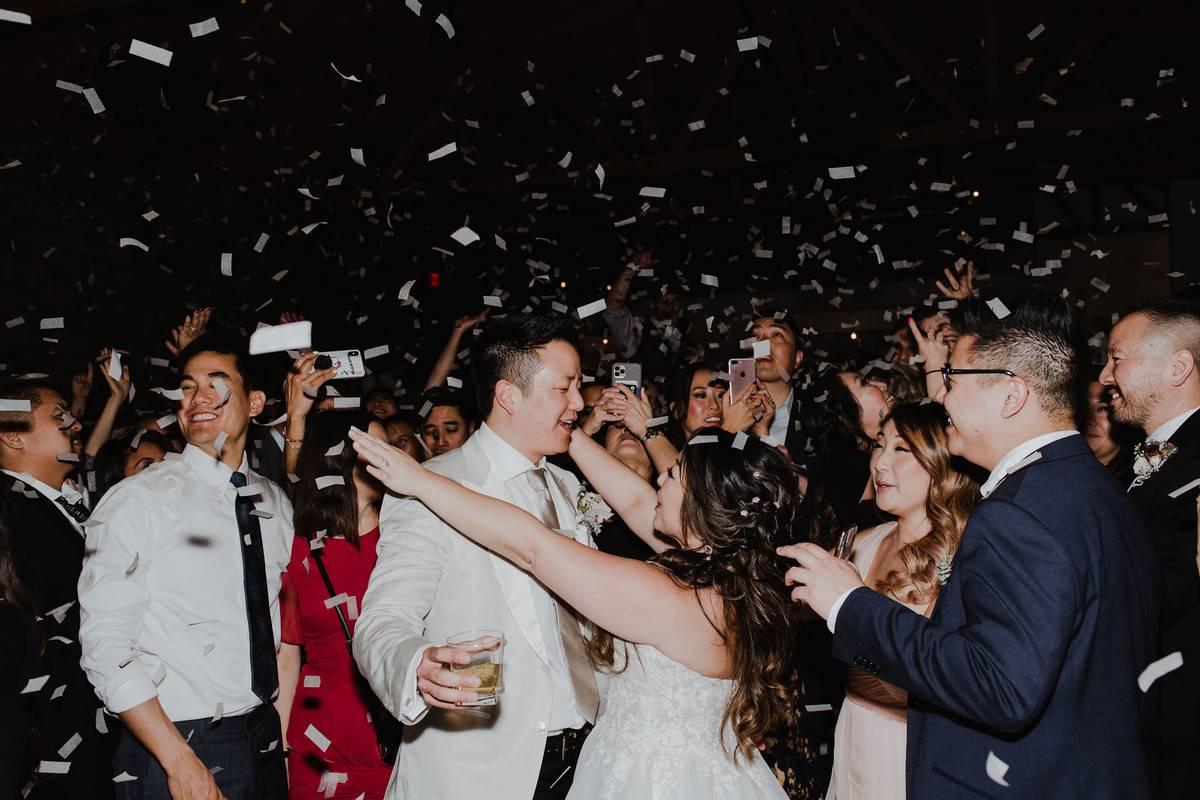
11. Last Dance
For the last dance of the evening, the couple may choose an upbeat song that will have everyone singing along, or they may select a slower, more emotional tune to close out their event. If there's an after-party following the reception, a livelier tune is best to foreshadow the celebration to come.

